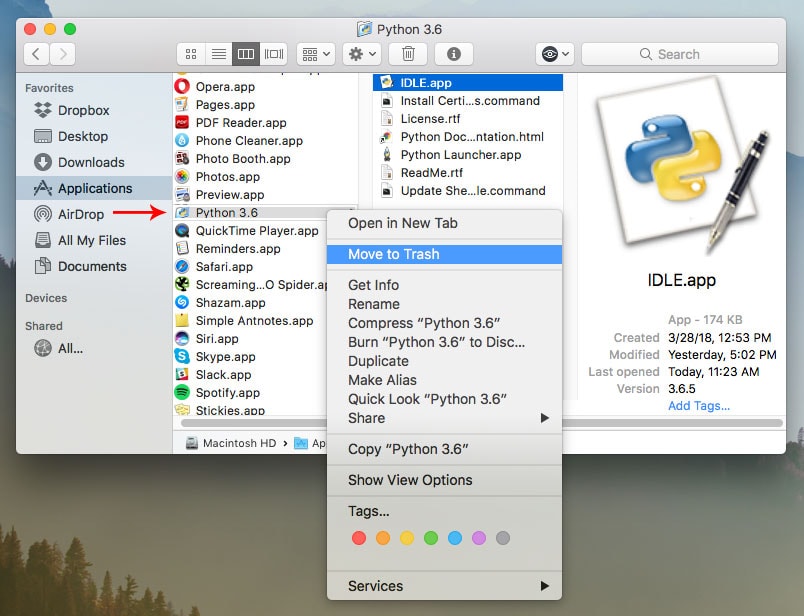


Go to Anaconda and click on the “Get started” button. With this option, we will be able to manage Anaconda using the graphical installer. The steps below will help you download the Anaconda installer with all the packages used for data science. Setting up Python with Miniforge - Step 1: Install Homebrew - Step 2: Install miniforge - Step 3: Setup and activate a virtual environment - Step 4: Install any Python library Option 1: Setting up Python and Data Science Packages with Anaconda Setting up Python and Data Science Packages with Anaconda - Step 1: Download and Install Anaconda - Step 2: Launch Jupyter Notebook/Lab - Step 3: Install any additional library 2. Python will work fine, just keep in mind that people see a 20–30% performance penalty when running x86–64 programs with Rosetta2 compared to native ARM64 Table of Contents 1. Note: The approaches mentioned in this guide won’t help you run Python natively on the M1 Macs but through Rosetta2. Anaconda brings all the tools (including Python and Jupyter Notebook) and packages used in data science with one install, while miniforge gives you the freedom to set up the conda environment as you want, so you need to install any package on your own. In this guide, I will show you how to easily set up Python on any M1 Mac using anaconda and miniforge. Let's see how can we use python 3 to check which version of python 3 is running.After buying an M1 Mac, I realized how confusing is to properly set up Python with all data science packages (and non-data science packages) on the new Mac models.Īccording to this long Anaconda guide to the Apple Silicon, there are 3 options for running Python on the M1 - pyenv, anaconda, and miniforge. but it gives us flexibility to check the version of Python 3 on our computer. Since by default installed version is Python 2.7.10 hence it shows python 2.7.10. To check which Python version is installed on the machine, we can use python -version command.

The process installs the Python 3.6.3 to the root directory which is mentioned with the target option.

Since The installer is used with super user permissions hence sudo forces terminal to prompt the user to fill the admin password. pkg format hence no mounting is required and We can use installer command to install Python 3.6.3. pkg format which can be directly installed by using Installer command. In order to install Python 3.6.3, we must download the latest version from its official website. It shows Python 2.7.10 is installed on the computer which is quite often.


 0 kommentar(er)
0 kommentar(er)
